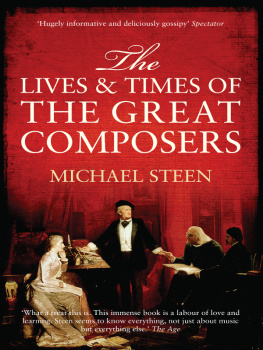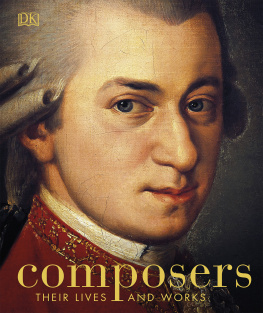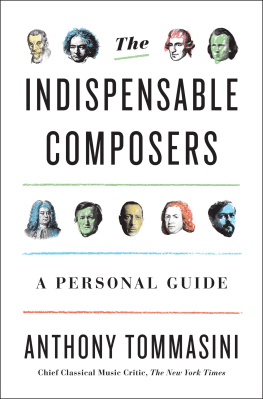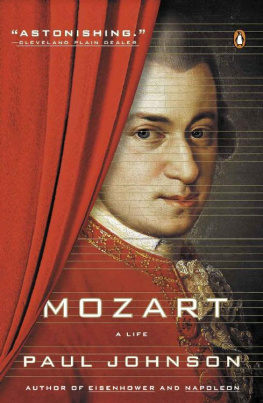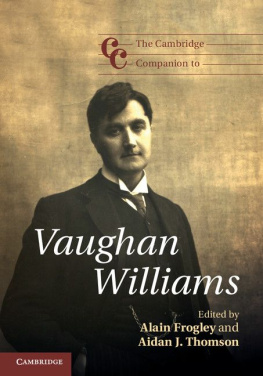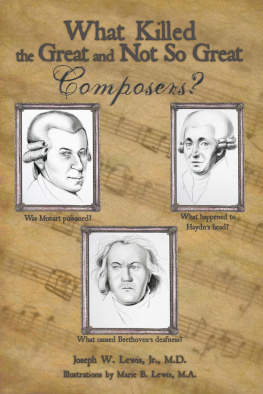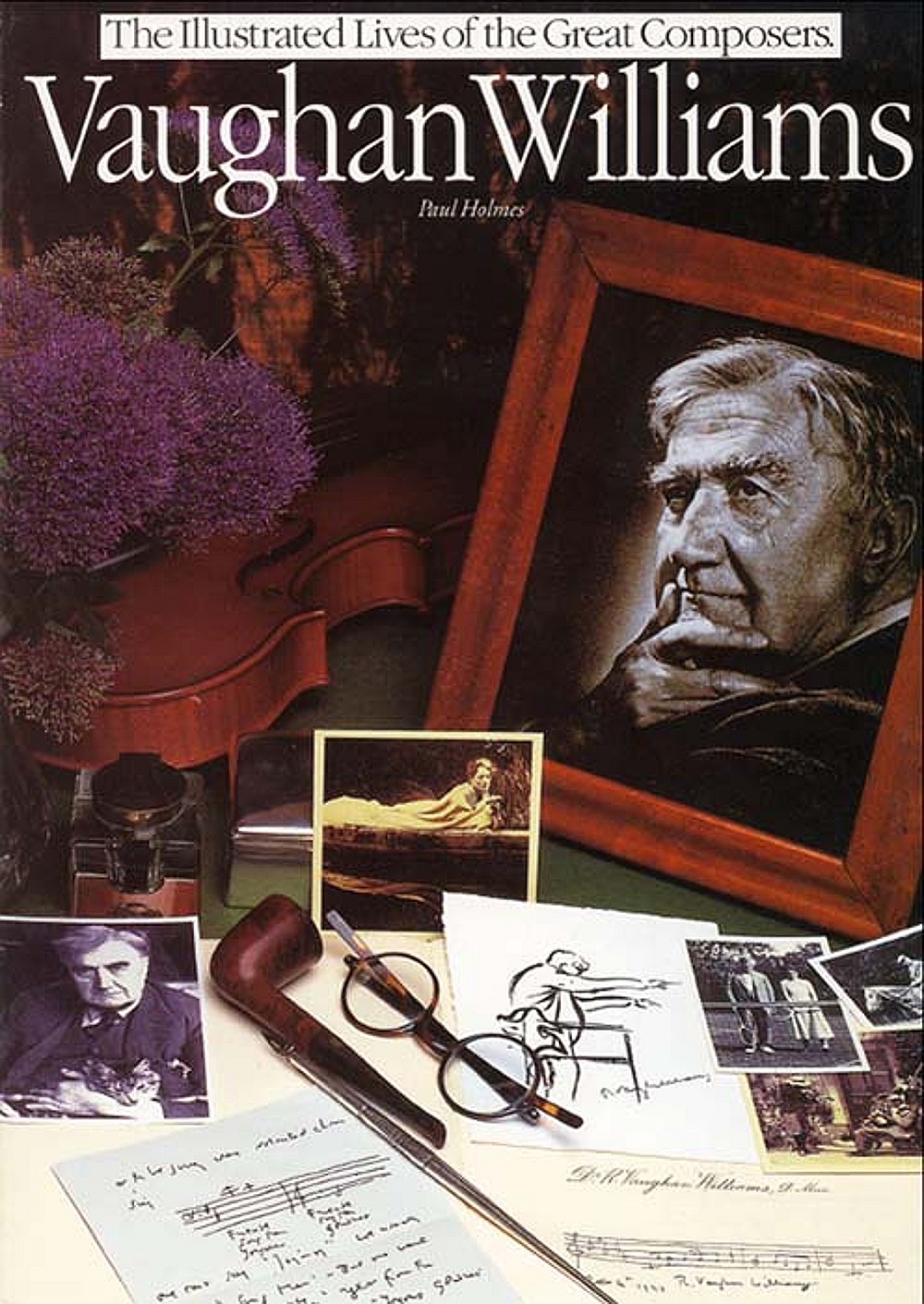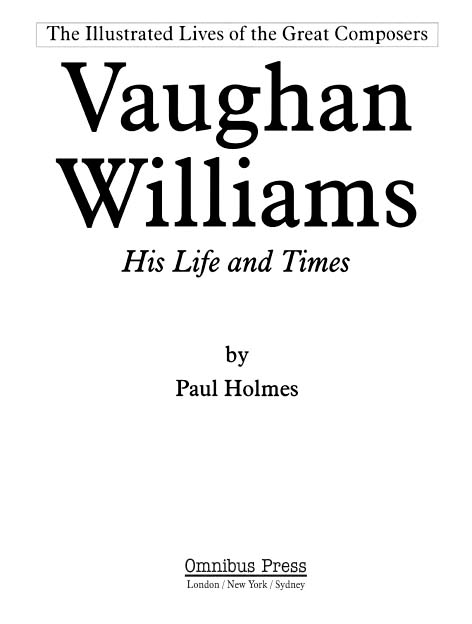Copyright 1997 Omnibus Press
This edition 2010 Omnibus Press
(A Division of Music Sales Limited, 14-15 Berners Street, London W1T 3LJ)
ISBN: 978-0-85712-570-5
The Author hereby asserts his / her right to be identified as the author of this work in accordance with Sections 77 to 78 of the Copyright, Designs and Patents Act 1988.
All rights reserved. No part of this book may be reproduced in any form or by any electronic or mechanical means, including information storage and retrieval systems, without permission in writing from the publisher, except by a reviewer who may quote brief passages.
Every effort has been made to trace the copyright holders of the photographs in this book, but one or two were unreachable. We would be grateful if the photographers concerned would contact us.
A catalogue record of this book is available from the British Library.
For all your musical needs including instruments, sheet music and accessories, visit www.musicroom.com
For on-demand sheet music straight to your home printer, visit www.sheetmusicdirect.com
Other titles in the series
BachTim Dowley
BartkHamish Milne
BeethovenAte Orga
BerliozRobert Clarson-Leach
BlissJohn Sugden
BrahmsPaul Holmes
ChopinAte Orga Debussy Paul Holmes
DvorakNeil Butterworth
HolstPaul Holmes
LisztBryce Morrison
MahlerEdward Seckerson
MendelssohnMozelle Moshansky
MozartPeggy Woodford
OffenbachPeter Gammond
RachmaninoffRobert Walker
RavelBurnett James
RossiniNicholas Till
SchubertPeggy Woodford
SchumannTim Dowley
ShostakovichErich Roseberry
TchaikovskyWilson Strutte
VerdiPeter Southwell-Sander
Contents
Acknowledgements
By permission of Oxford University Press, I have included extracts and information from various publications including Heirs and Rebels Letters and Occasional Writings by Ralph Vaughan Williams and Gustav Holst edited by Ursula Vaughan Williams and Imogen Holst; National Music and Other Essays by Ralph Vaughan Williams, and R.V.W. a Biography of Ralph Vaughan Williams by Ursula Vaughan Williams which provided valuable insights into the composers later life.
A biographer is a magpie and a biography a magpies nest. Some gems included may have been gathered, often unconsciously, over a lifetimes involvement with Vaughan Williamss music and I would like to apologise to any other source I may not have acknowledged. I would also like to thank Paul Elliott for his help and encouragement.
The publishers wish to express their profound gratitude to Ursula Vaughan Williams for her generous loan of photographs.
If any pictures remain unacknowledged we apologise and will be pleased to correct this in subsequent editions.
1 Early Years
I dont know whether I like it, but its what I meant, said Ralph Vaughan Williams about his Fourth Symphony. This modestly sums up the aims of a man whose search for a new voice in English music led him beyond narrow nationalism to experiment with many moods and styles. In doing this, he eventually achieved a synthesis that is unique and went on to create music that is loved and admired as much as any of his time.
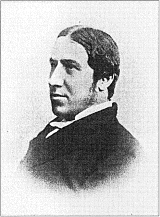
Arthur Vaughan Williams.
For a man whose influence on twentieth century music was so great, it may seem strange that Vaughan Williamss roots lay very firmly in the Victorian era. English music at that time reflected an insularity based on the belief that art should somehow be subservient to imperial and commercial expansion or should simply provide a moral and religious basis for such activities. In these respects the confidence of Great Britain was unbounded. Its massive empire and world status fuelled the industrial might of its teeming cities, but beyond such dark, Satanic mills stretched a deeply rural nation whose agricultural methods had simply been enhanced, not changed, by the Industrial Revolution. Although steam trains crossed the landscape at high speed, and farm machinery was also steam driven with ingenious inventions, all other forms of transport were horse-drawn. Village life continued much as it had since Saxon times with its close family units, its loyalties and notions of duty, its strict hierarchies of farm workers, middle class professionals and the gentry they looked up to. It was into a family of professional, landed squirearchy that Vaughan Williams was born on 12 October 1872 in the village of Down Ampney, Gloucestershire, where his father, Arthur Vaughan Williams, was the vicar.
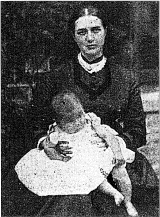
Margaret Vaughan Williams.
Arthur Vaughan Williams came from a distinguished family of lawyers originally of Welsh extraction, but his wife, Margaret, had connections with the wealthy china-manufacturing Wedgwoods who owned a magnificent mansion, Leith Hill Place in Surrey. She also numbered Charles Darwin amongst her forebears. Ralph was their second son, although his elder brother Hervey and sister Meggie were close in age. Ralph was only two years old when his father died, leaving his mother to bring up her children virtually alone. She moved them to Leith Hill Place, where her father and sister Sophy still lived.
This fine country house was in many ways typical of hundreds of such houses of the period, with its many spacious rooms containing family portraits by Romney and Reynolds and other paintings by artists of the English school, including the almost obligatory animal studies by George Stubbs. Apart from this, the decor seems to have been austere, although there was a fine collection of Wedgwood pottery, yet the grounds surrounding it were filled with flowering shrubs and the views were magnificent, with the imposing Leith Hill and North Downs above and a panorama extending below through Surrey and Sussex to the South Downs above Brighton. Naturally, there were servants and nannies and, apart from being fatherless, the children lacked for nothing that people in their social position might have expected, although the atmosphere seems to have been more tolerant and less severe than in many other Victorian homes. In its cultured and liberal environment, private tuition began; the children read everything from fairy tales to Shakespeare, and music was naturally encouraged. Hervey learned the cello and Meggie the piano but it was Ralph who showed the greatest promise and who was given the greatest attention by his aunt. She taught him piano and some theory and the family bought an organ especially for him. He also made an attempt at composition with a piano piece called The Robins Nest at the age of six. Then, as he later wrote:


